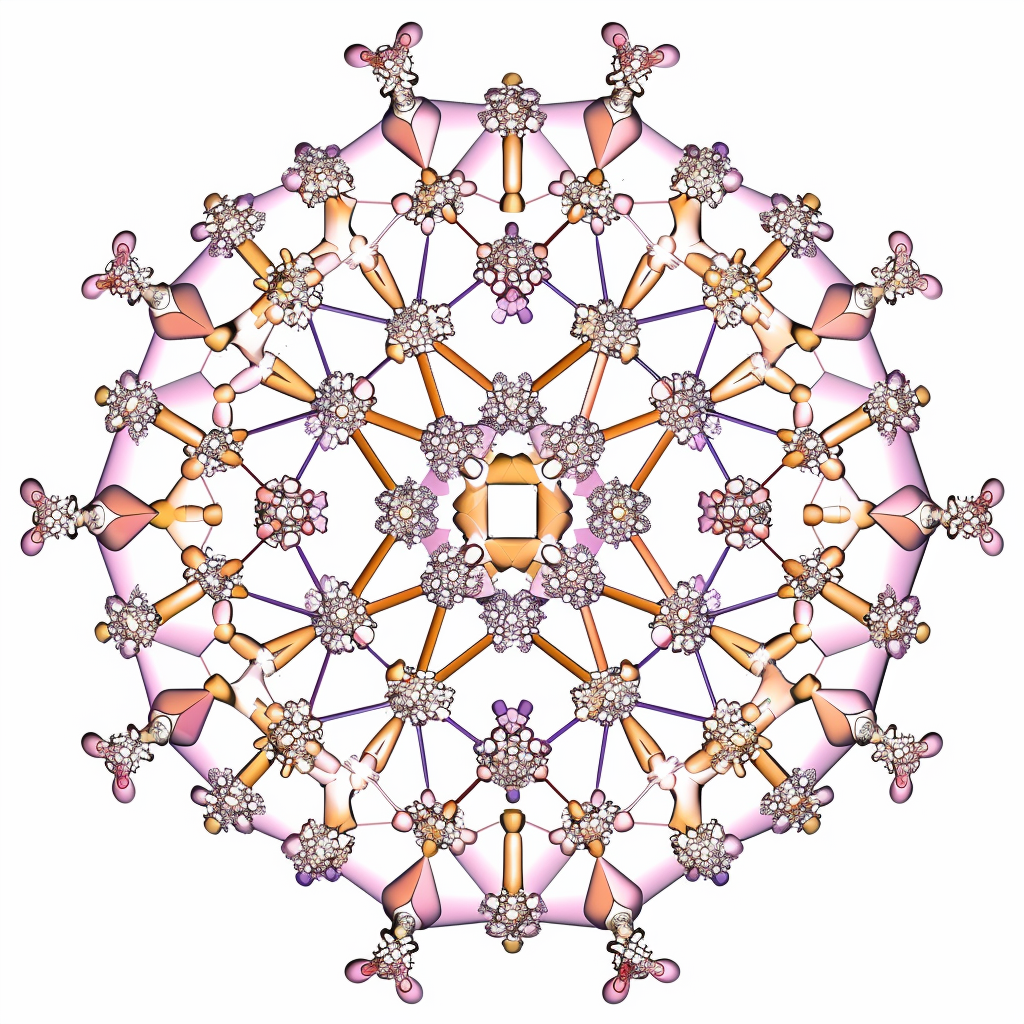Kaletra
- I. Introduction
- II. Composition
- III. How it Works
- IV. Uses
- V. Off-Label Use
- VI. Dosage and Administration
- VII. Administration to Elderly
- VIII. Administration to Pregnant Women and Nursing Mothers
- IX. Administration to Children
- X. Common Side Effects
- XI. Serious Side Effects and Complications
- XII. Interactions
- XIII. Warnings
- XIV. Contraindications
- XV. Careful Administration
- XVI. Important Precautions
- XVII. Handling Precautions
- XVIII. Overdosage
I. Introduction
Kaletra, a pharmaceutical product, plays a crucial role in treating HIV/AIDS and provides optimism for individuals facing this challenging condition. This piece explores the facets of Kaletra, including its complex makeup and its significant contribution to antiretroviral treatment.
II. Composition
Kaletra works well because of the components lopinavir and ritonavir, which work together to stop the replication of HIV virus. The additives and composition of this medicine are carefully crafted to improve how well it works in the body and its effectiveness in treatment.

III. How it Works
- Kaletra works by blocking the HIV 1 protease enzyme, an element in the HIV lifecycle.
- This action stops maturation and replication. Its strong antiviral properties effectively lower the load, helping to boost and maintain the immune system's health.
IV. Uses
Kaletra is a crucial drug used as part of antiretroviral therapy (ART) for people with HIV infection. It contains two antiretroviral drugs combined in one tablet:
- Lopinavir (LPV)
- Ritonavir (RTV, Norvir)
The FDA approved Kaletra in 2000 as an ARV for people with HIV infection. Generic versions have also been approved for sale under the President’s Emergency Plan for AIDS Relief (PEPFAR). Both of the drugs in Kaletra are a type of drug called a protease inhibitor (PI). PIs block protease (an HIV enzyme), preventing new (immature) HIV from becoming a mature virus that can infect other cells. Although ritonavir is technically a PI, it is rarely used as a PI anymore due to frequent and severe side effects. However, ritonavir is frequently used to boost blood levels of other HIV medications, including other PIs and the integrase inhibitor elvitegravir. This boosting mechanism is similar to the action of the pharmacokinetic enhancer cobicistat (Tybost). When used in combination with other ARVs, Kaletra helps:
- Reduce the amount of HIV in the blood (viral load).
- Increase the number of CD4 cells in the blood, which helps fight off other infections.
V. Off-Label Use
Kaletra is primarily used for treating HIV. Ongoing research and expert insights are exploring its effectiveness in treating other viral infections, showcasing its versatility and potential for wider therapeutic uses.
VI. Dosage and Administration
Administering Kaletra correctly involves following the doses, which might need to be modified for different patient groups to improve treatment results and reduce potential side effects.
VII. Administration to Elderly
When giving Kaletra to individuals, it's crucial to be cautious and make changes to the dosage based on their different ways of processing drugs and increased vulnerability to side effects compared to other age groups.

VIII. Administration to Pregnant Women and Nursing Mothers
The safety of Kaletra in women and nursing mothers has been extensively researched, with guidelines in place to prioritize the well-being of both the mother and the unborn or nursing baby.
IX. Administration to Children
The dosing instructions for Kaletra in children with HIV are carefully designed to provide the safest treatment, taking into account their specific physical requirements.
X. Common Side Effects
The use of Kaletra may come with some side effects, but they are usually controllable. Patients and healthcare professionals can take steps to lessen these effects, making the treatment more manageable and effective in the run.
XI. Serious Side Effects and Complications
The introduction of Kaletra, although generally considered safe, is not without the risk of side effects. While these occurrences are rare, they demand emergency measures and medical interventions to address potentially life-threatening issues.
Examples of severe reactions encompass acute pancreatitis, liver toxicity, and significant skin problems. Urgent medical attention is crucial in situations to avert tragic consequences.
XII. Interactions
Kaletras' effectiveness in treatment may be affected by interactions with medications, foods, and supplements, requiring careful monitoring of patients' complete treatment plans.
- Interactions between drugs can result in heightened toxicity or diminished efficacy of either Kaletra or the accompanying medication.
- Frequent interactions with food and supplements can change how Kaletra is absorbed and metabolized, affecting its ability to combat viruses.
XIII. Warnings
Kaletra comes with safety warnings and alerts for certain groups, emphasizing the importance of healthcare providers' being careful when prescribing it. Black box warnings draw attention to the possibility of potentially life-threatening side effects.
Specific population warnings are aimed at highlighting the increased risks for demographics such as individuals with existing liver issues or heart abnormalities.

XIV. Contraindications
Kaletra should not be used in situations where the risks outweigh the benefits. This includes cases where there is a known allergy to any components of Kaletra. Additionally, patients with pre-existing health conditions should avoid taking Kaletra.
XV. Careful Administration
When patients with medical conditions take Kaletra, it can get quite complicated. Specific guidelines are needed to make sure it's safe and works well for them. These guidelines may involve changing the dose or how closely they're monitored. Keeping an eye on things is crucial to catch any bad reactions or issues that might come up early on in the treatment.
XVI. Important Precautions
Following precautions is crucial to reduce risks linked to Kaletra treatment, such as refraining from specific activities or substances and taking preventive measures for particular health conditions.
Steering clear of activities or substances that may worsen side effects or interfere with the medication and implementing measures for specific health conditions can help customize treatment based on each patient's requirements, thereby improving safety and efficacy.
XVII. Handling Precautions
It is crucial to follow the storage and handling instructions to maintain the effectiveness of Kaletra, protecting it from damage or deterioration. Storing the medication correctly at room temperature, away from sunlight and moisture, helps ensure its stability and effectiveness over time. Proper handling and disposal guidelines are important to avoid exposure, especially in households with kids or pets.
XVIII. Overdosage
In cases of taking much Kaletra it's important to quickly identify the signs and symptoms and take the right steps to improve the situation.
- Signs of an overdose can be feeling sick, throwing up heartbeats, and trouble breathing.
- Immediate actions may include providing symptom relief, keeping an eye on signs, and sometimes needing to go to the hospital.











